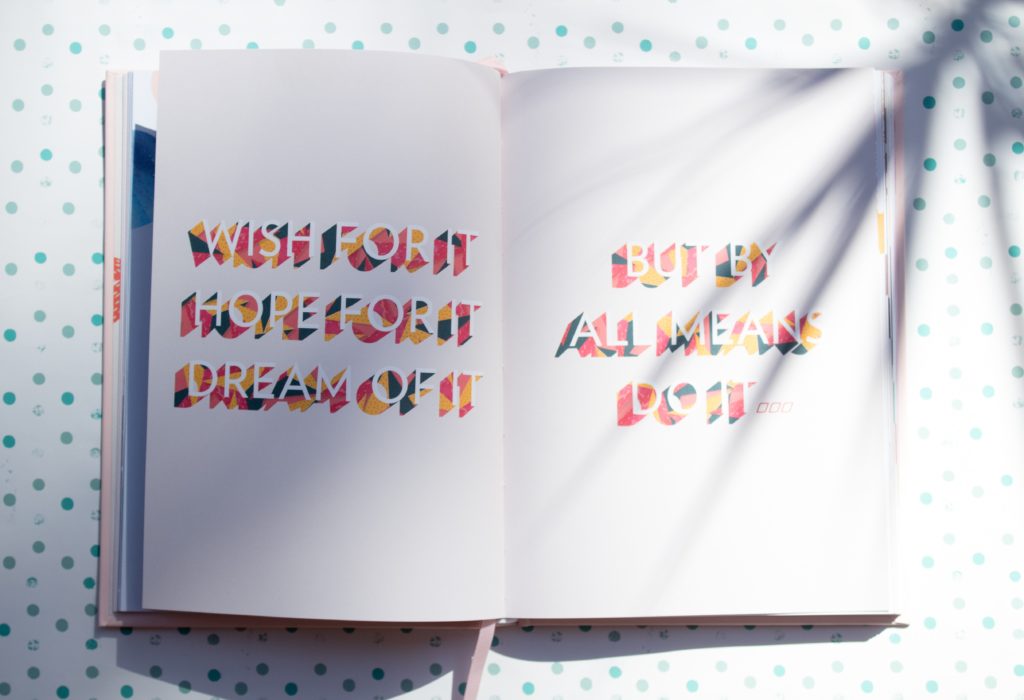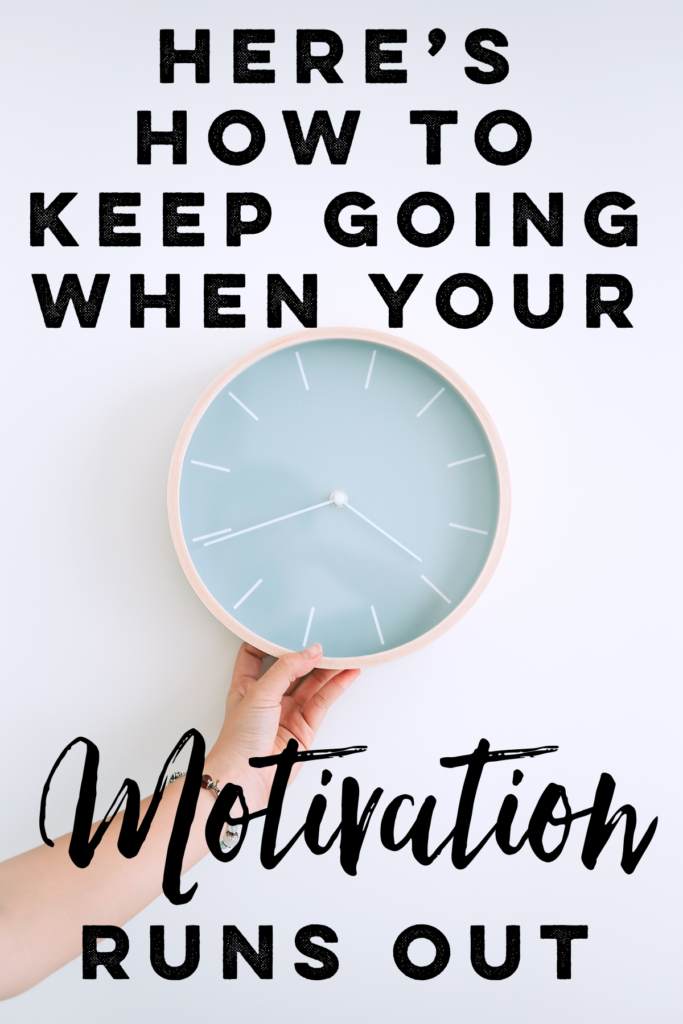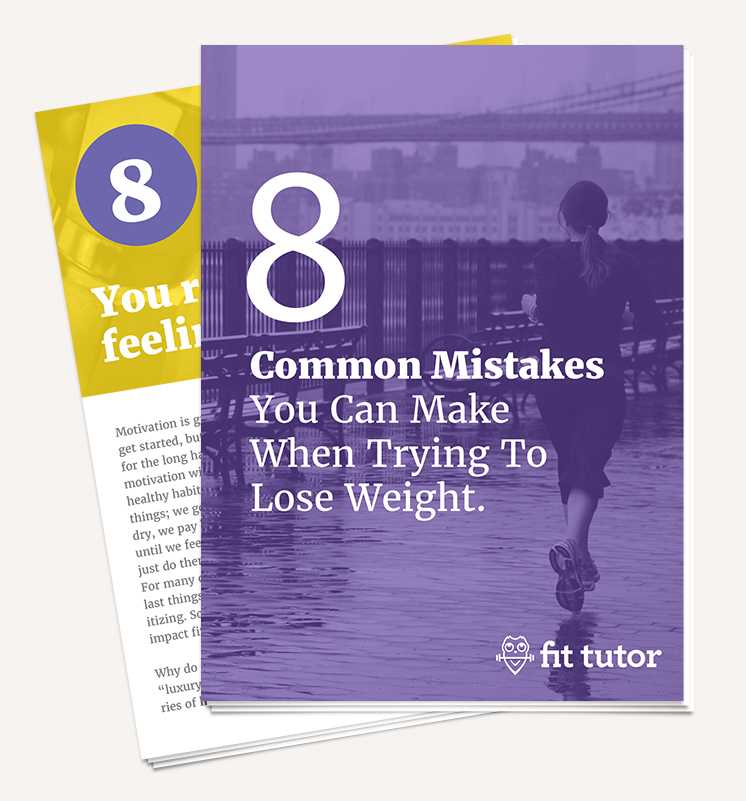A habit chart is the #1 tool I use with both clients and myself to work towards health and fitness goals. I am convinced this simple little checklist is crucial to your success. Here are my reasons why, plus I’ll teach you how to create and use one for your own goals!
You cannot hide from your habit chart.
People come to me complaining they can’t lose weight, but it turns out they are splurging way more than they care to admit and sticking to their diet much less than they think. Sometimes we forget the things we aren’t proud of, but we remember that one salad we ate last week. Does that sound like something you could be doing? Using a habit chart means you always know exactly where you stand in relation to your goals.

How to Create and Use a Habit Chart
I like to think your habit chart is your roadmap to success on your fitness and health journey. Corny? Perhaps. Accurate? You betcha! ;)
Create a chart with the days of the week on the top and the behaviors/habits you want to do down the side. (You can flip this around if you prefer.)
You’ll put a checkmark in the corresponding box each time you succeed at that behavior. For example, you worked out on Monday – check. You ate protein at breakfast on Tuesday- check. You didn’t eat late at night on Thursday- you get the point.
At the end of the week, you’ll take the amount of checkmarks you earned and divide that number by the amount possible. There’s your percentage of adherence (after moving the decimal over two, of course).
There’s no hiding from this number!
Why a Habit Chart is Amazing
Your percentage of adherence is so important to know. You may think you’re doing well with your portion control or your exercise, or whatever healthy habits you’re aiming for, but this helps you know exactly how you’re doing. You’ll know precisely why the scale isn’t moving – or how much you’re slaying your new year’s goals!
Your Adherence Number
For maintenance, this number should be around 80-85%. If you have goals to reach, shoot for at least 85%, but 90% and up is better.
This number will also help you decide if your goals are too extreme. Maybe your number is low because you weren’t being disciplined and focused, or maybe it’s because your goals are too-much-too-soon. You can dial them back a bit to master the most important ones first, and then you can add to your habit chart again!
This number can help you reevaluate your goals or help you see where you need to be more disciplined.
Your Habit Chart Helps You Single Out Your Biggest Problems
Many of you can probably guess your biggest struggles, but sometimes it’s not what you think. You might be focused on adding 10 minutes to your workouts every week, but going out to lunch with your coworkers more than you care to admit is actually your downfall.
At the end of the week you can look back and say wow, I’m not making time for this like I thought I was, or identify that around 3pm each day your sweet tooth is out of control.
This is important, not for proving your inner critic right, but for making a plan.

A Habit Chart Helps You Plan for Your Struggles
Now that you’ve identified what your biggest struggles are when it comes to sticking to this awesome plan you made, you can plan ahead. Are sweets at work are your downfall? Then bring your own sweet-but-healthy snack or find an accountability partner to report to.
If you are skipping or shortening your workouts every day, you can brainstorm ideas to help you carve out the time you need to get the results you desire.
Are Thursdays are your nemesis because you’re just “over it” by then? Checking in with your accountability partner or starting a healthy meal in the crockpot before work could be helpful every Thursday.
A habit chart helps you be realistic about how you’re actually doing with your goals and helps you adjust your plan for your biggest struggles each week.
This information can help you finally get the transformation you desire!
How I Use Habit Charts with Clients
As a fitness and nutrition coach, I have the task of helping people make a plan that will work for them and to be realistic about if they’re actually sticking to the plan.
Start Small
Although I’m happy to help a client work towards high-reaching goals that match their current level of motivation, I often encourage people to start small. We’ve all had a few weeks where we did something crazy that we couldn’t stick with long-term and eventually lost steam- and our results.
By starting small, you give yourself the chance to really zero in and focus on a creating a lifelong habit. Instead of doing the Whole30 and then eating pizza on day 31, learning the habit of eating protein and veggies first at every meal can help bring lifelong transformation. Your motivation does not override human nature. If your plan isn’t sustainable, there’s an expiration date.
I usually encourage small changes with food and activity levels first and get them into a routine that’s sustainable. Once we have a solid foundation, we can continue to add habits and challenges based on their goals.
Use the Info for Accountability and Change
I check over habit charts weekly, and we look at the number together.
- Is this good enough for the results they’re working towards?
- Where is their biggest area of struggle?
- Is this a trend or was it just a crazy/busy week or day?
Next, we make a plan or adjust our current one. We can create a back-up plan for those crazy days where they can’t seem to catch their breath. We brainstorm ideas to curb their late night snacking, or maybe start calorie counting for a week to help keep their portions in check.
Whatever the problem is, we
- find a solution
- plan for their humanity and for life happening
- create some accountability around it
…like checking in more often or rewards/consequences, depending on the person.
Stick With It
Finally, although changes and adjustments can be made, once we think we have a good plan in place, we stick with it for awhile. One week of 95% adherence is awesome, but we need several of those to get them ready for their beach vacation.
If their goals really are too hard, we adjust. But it usually just takes practice with building these healthy habits, planning ahead, and sticking it out despite how motivated they feel each day.
This is one reason why a coach is so helpful! Your good intentions are great, but they rarely get you where you want to go.
Download Your Habit Chart Now
Here’s an example of a habit chart with someone who’s starting out on their healthy eating journey. Check it out, and think about what you would add or subtract for yours.
I’ve been on this journey a long time, and there are around 15 things I need to do each day to get ready for my upcoming beach vacay. 15 things might overwhelm someone else, but in planning for my humanity (read: eating all the tortilla chips) and keeping track of habits I have (already) ingrained, my chart gets pretty big. That’s OK- it works for me.
Your chart may have one thing or twenty things, depending on where you’re at in this journey. You do you!
Here’s a blank one you can use to get started
Just open either link to a habit chart and click “file” & “make a copy” to use it as your own!
I’d love to hear how this goes! Let me know if you have any questions and report back with how it’s been going, friend! Good luck, and if you need any accountability I’d love to discuss working together!
Post the #1 goal you’re going to focus on in the comments and share this with a friend!



Maintaining a good habit is very hard in beginning but you solved that problem. Achieving goals in habit tracker is really motivating. Start small is a good advice as, the brain takes some time in changing its old bad habits. This chart is also helpful in making routine and stamina in sports. I personally use it for monitoring my goals in sports and it feels very good whenever i achieve something positive in my sports. While using sports foods from is also very helpful in boosting the stamina and preventing a lot of injuries in sports.